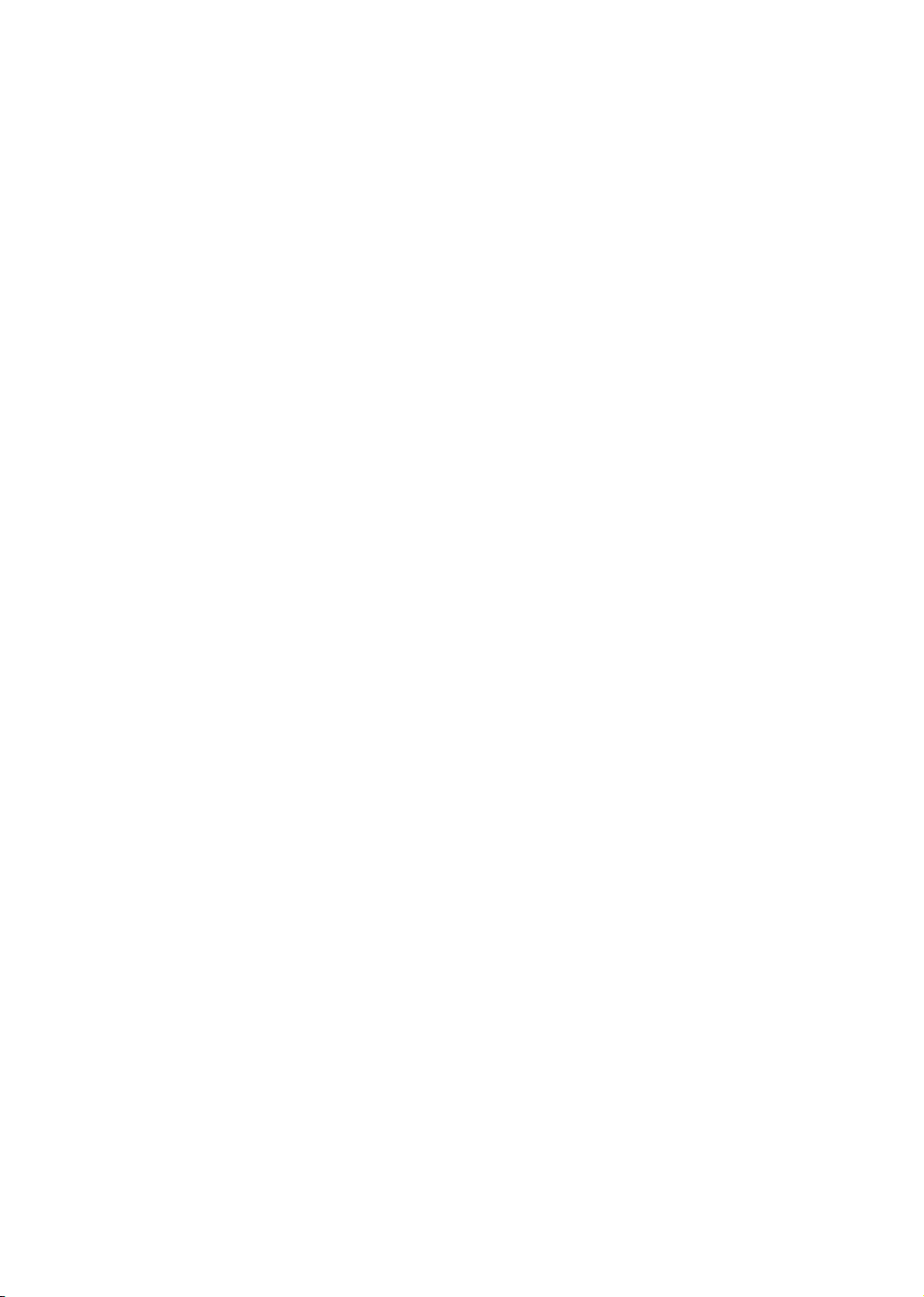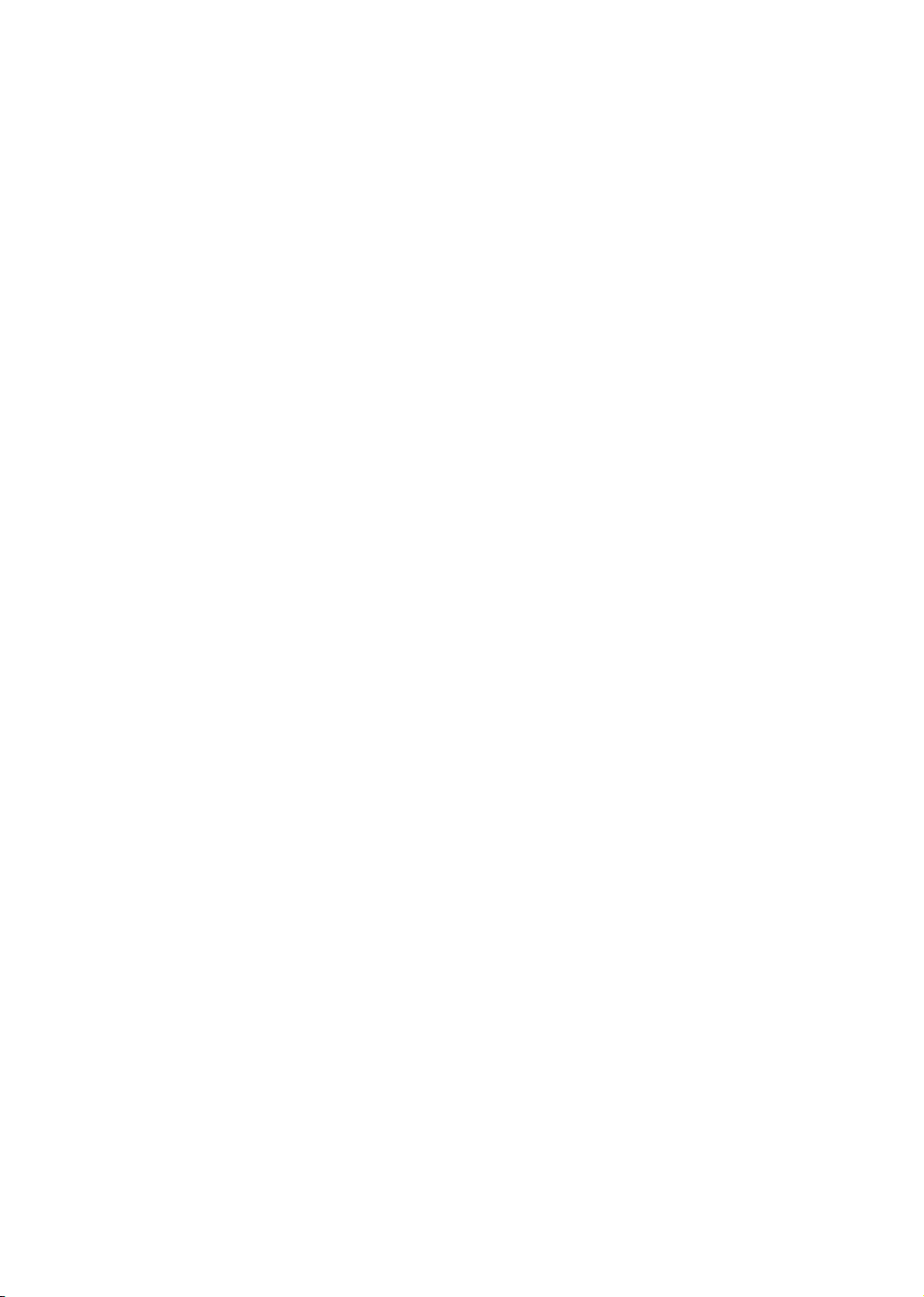CACI No. 461. Strict Liability for Injury Caused by Wild Animal - Essential Factual Elements
Judicial Council of California Civil Jury Instructions (2023 edition)
Download PDF
461.Strict Liability for Injury Caused by Wild Animal - Essential
Factual Elements
[Name of plaintiff] claims that [name of defendant]’s [insert type of animal]
harmed [him/her/nonbinary pronoun] and that [name of defendant] is
responsible for that harm.
People who own, keep, or control wild animals are responsible for the
harm that these animals cause to others, no matter how carefully they
guard or restrain their animals.
To establish [his/her/nonbinary pronoun] claim, [name of plaintiff] must
prove all of the following:
1. That [name of defendant] owned, kept, or controlled [a/an] [insert
type of animal];
2. That [name of plaintiff] was harmed; and
3. That [name of defendant]’s [insert type of animal] was a substantial
factor in causing [name of plaintiff]’s harm.
New September 2003; Revised December 2015, June 2016
Directions for Use
Give this instruction to impose strict liability on an animal owner for injuries caused
by an animal of a type that is inherently dangerous without the need to show the
owner’s knowledge of dangerousness. (See Baugh v. Beatty (1949) 91 Cal.App.2d
786, 791-792 [205 P.2d 671].) For an instruction for use for a domestic animal if it
is alleged that the owner knew or should have known that the animal had a
dangerous propensity, see CACI No. 462, Strict Liability for Injury Caused by
Domestic Animal With Dangerous Propensity. (See Thomas v. Stenberg (2012) 206
Cal.App.4th 654, 665 [142 Cal.Rptr.3d 24].) For an instruction on statutory strict
liability under the dog-bite statute, see CACI No. 463, Dog Bite Statute - Essential
Factual Elements.
Whether the determination that the animal that caused injury is a “wild animal”
triggering this instruction is a matter of law for the court or can be a question of
fact for the jury has apparently not been addressed by the courts.
Sources and Authority
• “The keeper of an animal of a species dangerous by nature . . . is liable,
without wrongful intent or negligence, for damage to others resulting from such
a propensity. The liability of the keeper is absolute, for ‘[the] gist of the action is
not the manner of keeping the vicious animal, but the keeping him at all with
knowledge of the vicious propensities. [Citation.] In such instances the owner is
an insurer against the acts of the animal, to one who is injured without fault, and
372

the question of the owner’s negligence is not in the case.’ ” (Hillman v. Garcia-
Ruby (1955) 44 Cal.2d 625, 626 [283 P.2d 1033].)
• “[I]f the animal which inflicted the injury is vicious and dangerous, known to the
defendant to be such, an allegation of negligence on the part of defendant is
unnecessary and the averment, if made, may be treated as surplusage.” (Baugh,
supra, 91 Cal.App.2d at p. 791.)
• “[A] wild animal is presumed to be vicious and since the owner of such an
animal . . . is an insurer against the acts of the animal to anyone who is injured,
and unless such person voluntarily or consciously does something which brings
the injury on himself, the question of the owner’s negligence is not in the case.”
Baugh, supra, 91 Cal.App.2d at p. 791.)
• “The court instructed the jury with respect to the liability of the keeper of a
vicious or dangerous animal, known to be such by its owner. Although plaintiff
has not raised any objection to this instruction, it was not proper in the instant
case since the animal was of the class of animals ferae naturae, of known
savage and vicious nature, and hence an instruction on the owner’s knowledge of
its ferocity was unnecessary.” (Baugh, supra, 91 Cal.App.2d at pp. 791-792.)
• “[Strict] liability has been imposed on ‘keepers of lions and tigers, bears,
elephants, wolves [and] monkeys.’ ” (Rosenbloom v. Hanour Corp. (1998) 66
Cal.App.4th 1477, 1479, fn. 1 [78 Cal.Rptr.2d 686].)
• “The owner of a naturally dangerous animal may be excused from the usual duty
of care: ‘In cases involving “primary assumption of risk” - where, by virtue of
the nature of the activity and the parties’ relationship to the activity, the
defendant owes no legal duty to protect the plaintiff from the particular risk of
harm that caused the injury - the doctrine . . . operates as a complete bar to the
plaintiff’s recovery.’ ” (Rosenbloom, supra, 66 Cal.App.4th at p. 1479, internal
citation omitted.)
Secondary Sources
6 Witkin, Summary of California Law (11th ed. 2017) Torts, § 1563
California Tort Guide (Cont.Ed.Bar 3d ed.) §§ 3.3-3.6
1 Levy et al., California Torts, Ch. 6, Strict Liability for Injuries Caused by
Animals, §§ 6.01-6.10 (Matthew Bender)
3 California Forms of Pleading and Practice, Ch. 23, Animals: Civil Liability,
§ 23.23 (Matthew Bender)
1 California Civil Practice: Torts §§ 2:20-2:21 (Thomson Reuters)
NEGLIGENCE CACI No. 461
373
© Judicial Council of California.